The Catacombs of Callixtus (also known as the Cemetery of Callixtus) are among the greatest and biggest underground burial site in Rome (located just outside Rome on the Appian Way), most notable for containing the Crypt of the Popes (Italian: Cappella dei Papi), which once contained the tombs of several popes from the 2nd to 4th century.
They originated around the middle of the second century and are part of a cemeterial complex which occupies an area of 90 acres, with a network of galleries about 12 miles long, set on four levels, more than twenty meters deep. In the first century, Rome’s Christians did not have their own cemeteries.
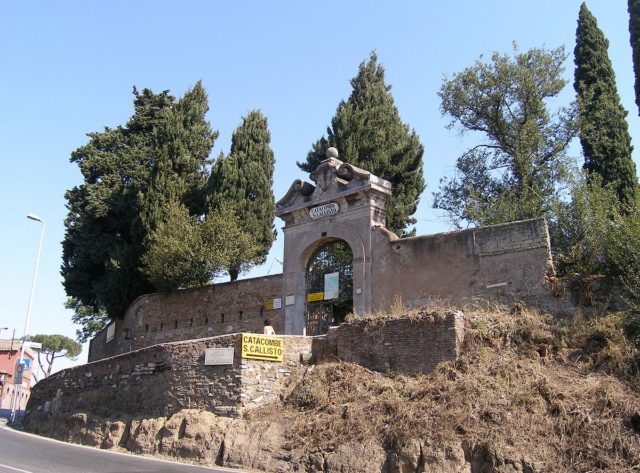


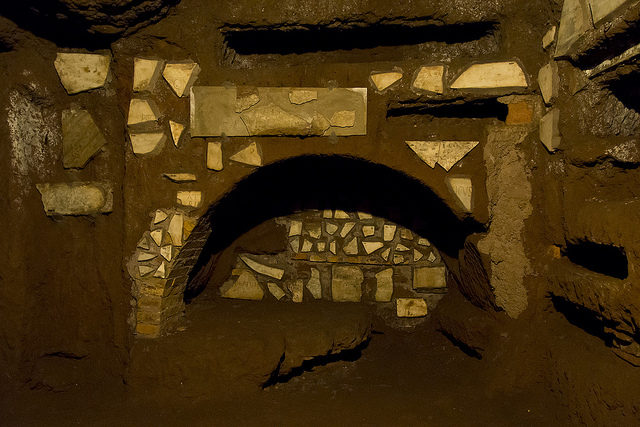
From the second century AD onwards, as a result of various grants and donations, the Church introduced its own necropolises, where the bodies of the faithful rested, awaiting the resurrection of the dead.
Named after Pope Alexander Callixtus I, who was appointed as the administrator of the cemetery by pope Zephyrinus, they were opened in 150 CE as one of the official cemeteries of the Roman Catholic Church.

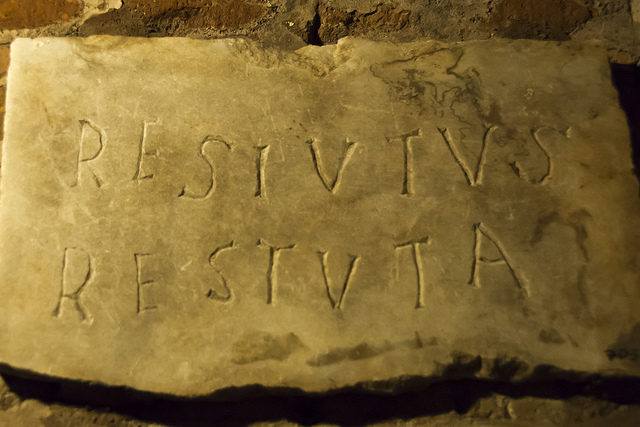


The Catacombs of San Callisto are the most important and first official underground burial site for early Christians that housed many tombs of popes and many second and third-century martyrs. Among the faithful, martyrdom was considered a privilege and a grace from God – an opportunity of being fully identified with Christ at the moment of death.
The catacomb’s most ancient parts are the region of the Popes, the region of Saint Cecilia, and the crypt of Lucina, where some of the most sacred memories of the place are preserved (including the Crypt of the Popes, the Crypt of Saint Cecilia (the popular patron saint of music), and the Crypt of the Sacraments).
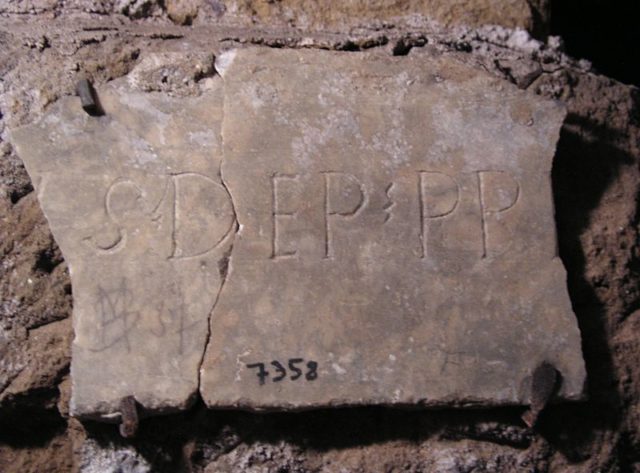
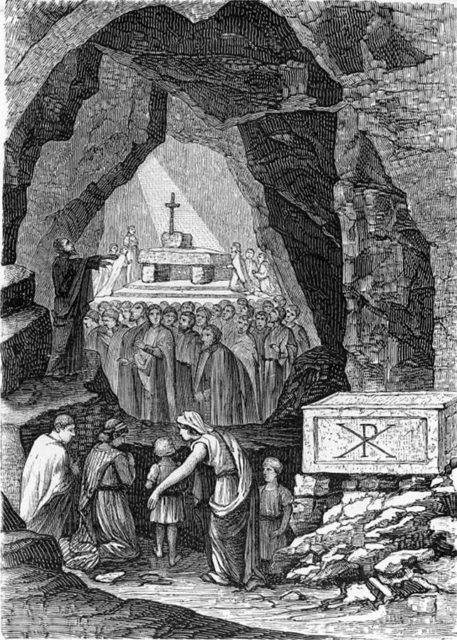
With the passage of time, these burial areas grew larger by gifts or by the purchase of new properties, sometimes on the initiative of the Church itself.
Here is another story from us: One of the creepiest cemeteries in London, the Highgate Cemetery
The site is still used as a religious place, and Christians can actually take communion in the oldest parts of the catacombs.
